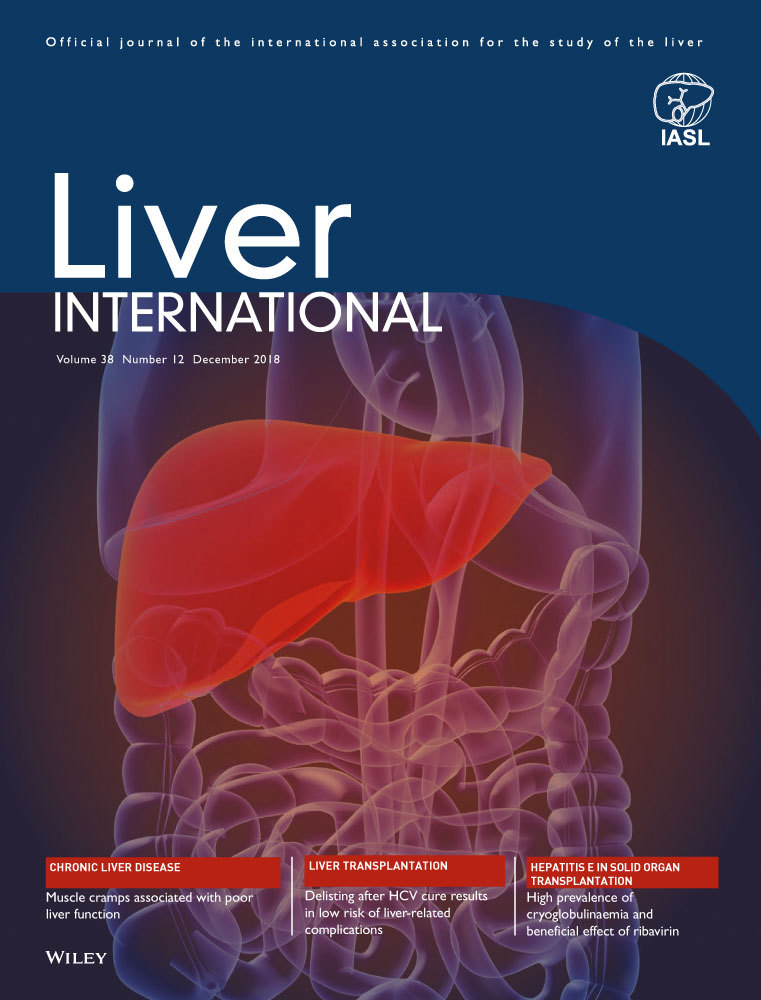The role of magnetic resonance imaging and endoscopic retrograde cholangiography in the evaluation of disease activity and severity in primary sclerosing cholangitis
Funding information
The authors have indicated that this study was funded by the Sigrid Juselius Foundation, State Funding for University-Level Health Research.
Abstract
Background & Aims
Endoscopic retrograde cholangiography (ERCP) has been considered the gold standard for the diagnosis and follow-up of primary sclerosing cholangitis, but it has been replaced by less invasive magnetic resonance imaging and cholangiopancreatography (MRI-MRCP). However, the role of these two techniques in the evaluation of disease activity and severity needs to be elucidated.
Methods
Patients with primary sclerosing cholangitis (n: 48, male 31, median age: 35.7; 28.0-44.2) who underwent ERCP and MRI-MRCP within ±3 months for diagnosis or follow-up, were reviewed. ERCP and MRI-MRCP images were scored using the modified Amsterdam score. Serum and biliary cytology markers of disease activity and severity were related to the imaging findings. Agreement on the assessment of the ERCP/MRCP score was calculated by kappa-statistics. Spearman′s ρ was calculated when appropriate.
Results
The agreement between ERCP and MRCP in scoring bile duct changes for disease severity was only moderate (weighted kappa: 0.437; 95% CI: 0.211-0.644 for intra- and 0.512; 95% CI: 0.303-0.720 for extra-hepatic bile ducts). ERCP and MRCP intra-hepatic scores were associated to the surrogate marker alkaline phosphatase (P = .02 for both). A weak correlation between MRCP score for extra-hepatic bile ducts and liver transplantation/death was found (Spearman's ρ = .362, 95% CI: 0.080-0.590, P = .022). A weak correlation between intra- (Spearman′s ρ = .322, 95% CI: 0.048-0.551, P = .022) and extra-hepatic (Spearman`s ρ = .319, 95% CI: 0.045-0.549, P = .025) peribiliary enhancement on contrast-enhanced MRI and severity of biliary cytologic classification was found.
Conclusions
The overall agreement between ERCP and MRI-MRCP in assessing disease severity was moderate for intra- and extra-hepatic bile ducts. MRI-MRCP seems to have a minor role as surrogate marker of disease activity and progression in PSC.
CONFLICT OF INTEREST
The authors do not have any disclosures to report.




